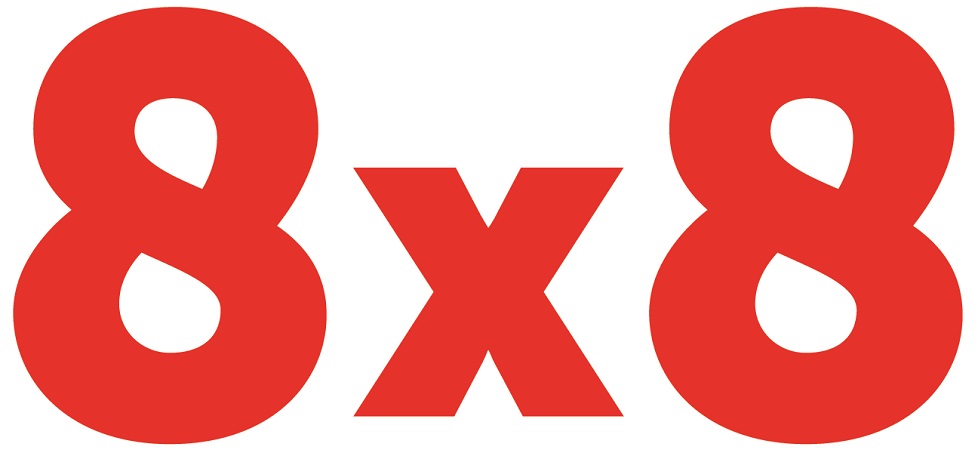Personalisation should be harnessed for better customer communication in 2022
https://contactcentresummit.co.uk/wp-content/uploads/2021/09/failure-demand.jpg 960 640 Guest Post Guest Post https://secure.gravatar.com/avatar/abb249055208c7af4d35568e422dfd63?s=96&d=mm&r=gPaul Adams, Senior Director at cloud communications platform Twilio, has shared his 2022 predictions, drawing on observations in consumer behaviour and customer engagement over the pandemic…
- The increased use of first-party data to understand customers from small businesses
“Historically, Netflix and Amazon have dominated the practice of personalisation by making use of first party data, but this will be increasingly used by a wider array of businesses too. The emergence of customer data platforms has made it easier for businesses to harness this data, enabling them to replicate these same levels of personalisation for themselves. Customers now expect this personalised experience, and as more companies begin to rethink their approach to customer experience and update their communication methods, we’ll see a levelling out across businesses of all sizes.
All businesses are going to need to understand all their customer touch points, journeys and profile to the same extent in the long run. Otherwise, consumers’ relationships with your business will be generic, not personalised, and ultimately the consumer will gravitate towards the competition. So regardless of whether you’re a broadband provider, a grocery retailer, or a holiday booking company, you’ve got to prove that the way you’re engaging with customers and the experience you’re delivering is the best.”
2. The mass digital transformation of small businesses in the B2C market
“Digital transformation was at the forefront of business conversations before the pandemic, but the sudden need to convert businesses to a digital model overnight significantly sped up the process — by as much as 6 years for many. Businesses are now coming to the end of their natural tech refresh cycles and are accepting that digital transformation is imperative for survival in the market. While large businesses are more likely to have made this jump already, smaller organisations, which have tighter resources and more restrictive budgets by nature, have been slower to make the transition. Many small businesses simply didn’t have the resources to completely remodel during the pandemic, so instead focused on making smaller adjustments for survival. Now, these SMBs, which account for around 99.2% of businesses in the UK, will be the ones leading this technology innovation and investing in digital transformation for the longer-term. As a result, the level of digital innovation we see from SMBs will be on a level akin to that seen from entrepreneurs in the 1980s.
“Beyond that you’re going to see a lot of industries adopting technology to support better customer engagement. We’re already seeing this in the UK’s mature market, with industries like healthcare, utilities, even buying and selling cars, increasingly moving to a more digital model. Ultimately, their product hasn’t changed but the way they interact with consumers has evolved with apps, chat bots, SMS and WhatsApp for reminders, conversations and alerts. Big brands like Uber and AirBnB have mastered this technique, and innovative start-ups are integrating these lessons into their business models. However, the SMBs that got through the pandemic with limited and underdeveloped digital migrations will now be adjusting their models and their communication methods to meet this expectation. We’re going to see some very fast-growing companies in this space, as a pressure to differentiate mounts and the ones who engage well, with a great digital service, will be the one to own the transaction.
3. Hybrid lifestyles will be consolidated in the next year, and we expect to see an increased reliance on digital communications for older demographics remote over 30s.
“The move from pandemic to endemic is an important shift and will have a notable impact on customer engagement. This change will be felt as we experience more new variants and subsequent periods of re-socialisation – and consumer behaviour will be driven by these patterns as we learn to live with the disease. From this we’ll see three main camps emerge: those who want to return to how things were, those who embrace a hybrid lifestyle and others who adopt a purely remote way of living.”
“Age is a large determining factor driving this changing consumer behaviour. In many cases, it’s younger people who want to return to cities for that socialisation they’ve missed out on this past year, whilst slightly older groups are feeling the benefits of hybrid or remote working more as they have more flexibility to manoeuvre their working lives around families and other commitments. These two groups will be further consolidated in this next phase of the pandemic. Hybrid lifestyles will be solidified with new, flexible commuting patterns while remote lifestyles will become more normalised as families move out of cities and become full-time work-from-home employees.
Younger demographics have historically driven digital adoption. If you look at social media, for example, it’s the 18-35 year olds that make up 80% of users in the UK. Yet while this age group will continue to lead the charge in embracing newer inventions, we’ll see older demographics start to adapt more to the everyday use of technology to support increasingly hybrid lifestyles. From here, we’ll see greater integration of technologies like digital communications tools to facilitate these lifestyles, so people can work more flexibly and efficiently in the way they choose. Overall, this will increase the prevalence of technology in all of our communities.
4. Business tech innovation decisions will be made based on making businesses ‘future-proof’ rather than just price.
“The pandemic has highlighted two things for businesses when it comes to technology. First is the importance of having multiple communication channels to alleviate the risk of disruption for customers, and second is the need to invest in technology that will safe-guard businesses for the future. No one could have predicted the pandemic and its effects, but for businesses, it quickly became apparent that those who were forward leaning with their technology footprint were able to make the necessary adjustments to survive. Those who weren’t struggled, and many sadly didn’t make it. I think this idea of making businesses ‘future proof’ has really taken root and will influence our investment decisions and priorities moving forward. Thinking about long-term solutions that can weather storms will become the way we decide on investment, more so than just considering price. This is also relevant when thinking about sustainability and climate change.
“Something else to consider here is the impact of the “Great Resignation” when it comes to future-proofing businesses. The relationship between organisations and their staff has changed for the long term, and employers are now having to ask themselves how they attract and maintain essential workforce when one in four employees are re-evaluating their careers. Investing in technologies that enable flexibility and open communication with employees and customers is no longer just an IT project — it’s about making fundamental changes to the business model to ensure survival and growth. Those who deploy the tools of digital transformation will be in a far greater position for the next uncertain wave arrives. This is what we mean when we say ‘future-proofing’.”






